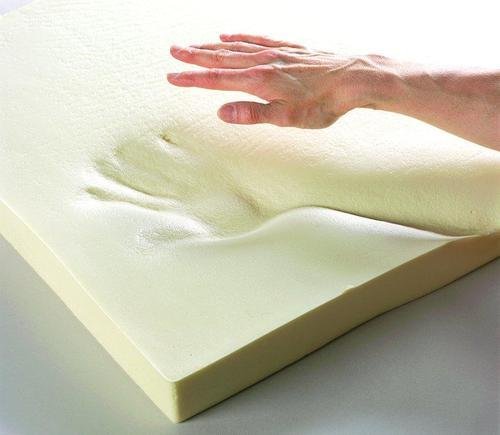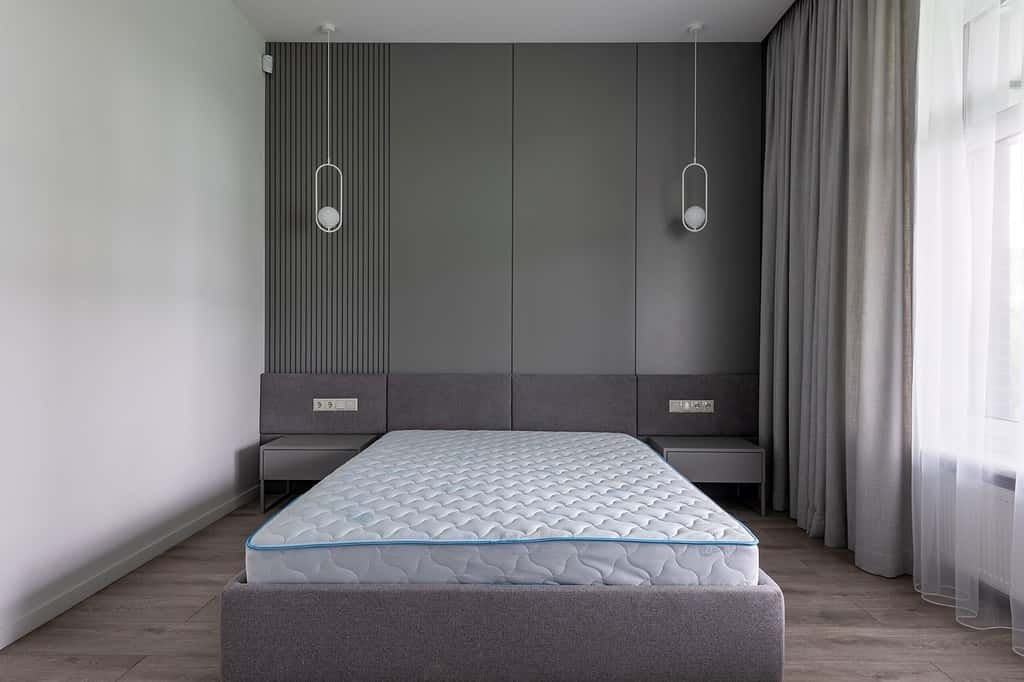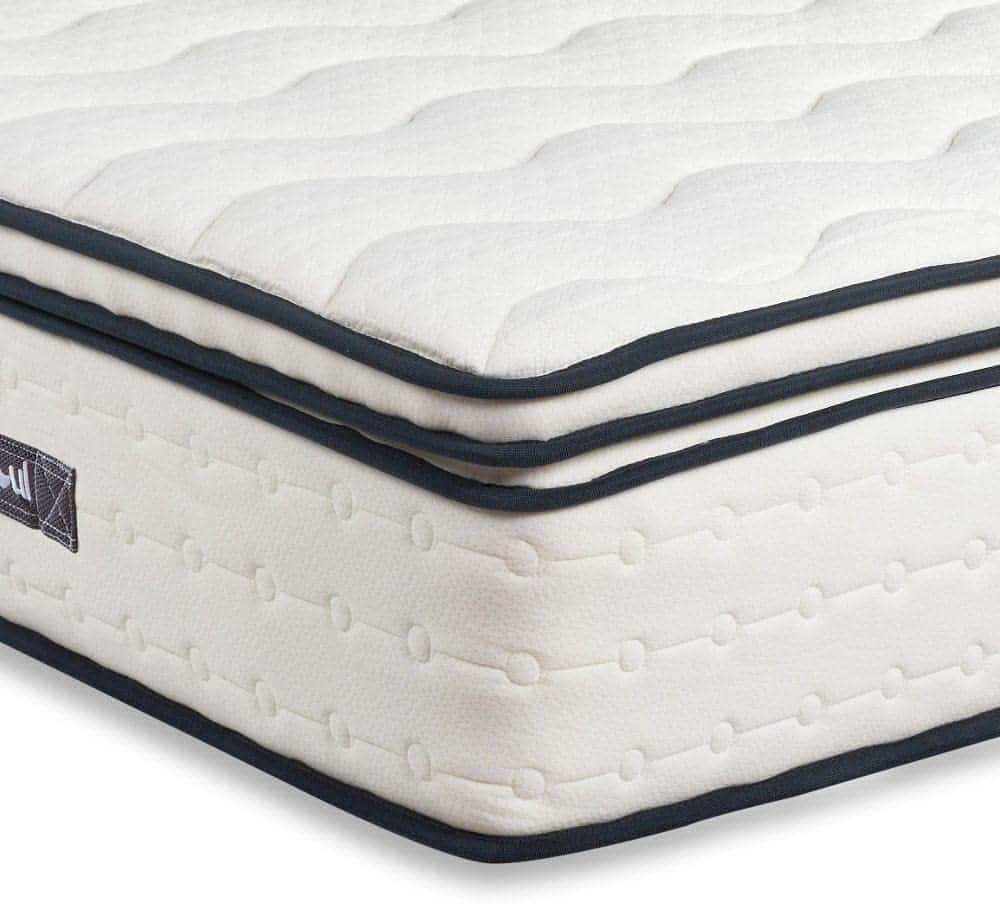A Guide to Help You Select the Best Mattress for Your Sleeping Position
Choose the Best Mattress for Your Sleeping Position
Choosing the right mattress is crucial for getting a good night’s sleep. Selecting a suitable model with so many options can be overwhelming. One of the most important factors to consider is your sleeping position. Your sleeping position can affect your spinal alignment, pressure points, and overall comfort level. Sleeping on your side may require a softer mattress to cushion your shoulders and hips. If you sleep on your back, a medium-firm mattress can support you. For stomach sleepers, a firmer mattress can prevent your hips from sinking too deep and causing strain on your lower back.
This article will provide tips on choosing the best mattress for your sleeping position to help you get the best possible sleep. It’s essential to remember that everyone’s body is different, and what works for one person may not work for another. It’s necessary to try out other mattresses and determine what feels comfortable for you.
Importance of Choosing the Right Mattress
Choosing the best mattress is crucial for a good night’s sleep. The right mattress can help you maintain good posture, reduce back pain, and improve the quality of your sleep. Sleeping on a mattress that doesn’t support your body can lead to aches and pains and even cause long-term damage to your spine.
One of the most important factors to consider when choosing a mattress is your sleeping position. Your preferred sleeping position can play a big role in determining the type of mattress that will work best for you. For example, if you sleep on your side, you’ll want a mattress that provides enough support to keep your spine aligned while also being soft enough to cushion your shoulders and hips. Another essential factor to consider is your body type. If you’re a larger person, you’ll want a mattress that can support your weight without sagging or losing shape over time. If you’re lighter, you may prefer a softer mattress that conforms to your body shape.
Choosing the best mattress is about finding the right balance between comfort and support. A good bed should provide enough support to keep your spine aligned and be comfortable enough to allow you to relax and fall asleep quickly. By choosing the right mattress for your needs, you can improve the quality of your sleep and wake up feeling refreshed and rejuvenated.
Different sleeping positions and their corresponding mattresses
Choosing the right mattress is crucial for getting a good night’s sleep. Your sleeping position is a pivotal factor to consider when selecting a mattress. Here are some tips on choosing the right mattress based on your sleeping position:
Side Sleepers
If you sleep on your side, you’ll want a mattress that cushions your shoulders and hips. Look for a softer mattress that can contour your body and relieve pressure points. A memory foam or hybrid mattress with a soft top layer can be a good choice.
Back Sleepers
Back sleepers need a mattress to support their spine and keep it aligned. A medium-firm mattress can be a good option for back sleepers. This mattress can provide enough support for your back while still being comfortable.
Stomach Sleepers
Stomach sleepers need a firmer mattress to prevent their back from arching. A firm mattress can help keep your spine aligned while you sleep. Avoid soft mattresses, which can cause your hips to sink and pressure your lower back.
Combination Sleepers
If you switch positions during the night, you’ll want a mattress that accommodates different sleeping positions. A medium-firm mattress can be a good choice for combination sleepers. This mattress can provide enough support for your back while still being comfortable when you sleep on your side. Remember, the best mattress for you is the one that feels comfortable and supportive. Don’t be afraid to try different mattresses and sleep positions to find the right one.
Firmness Level
Choosing the right firmness level for your mattress is crucial for a good night’s sleep. The firmness level you need depends on your sleeping position. Here are some guidelines to follow when selecting the proper firmness level for your mattress:
- Stomach sleepers: If you sleep on your stomach, you will want to choose a firm mattress rated between 6 and 9. This will help keep your spine aligned and prevent any sagging in your lower back. A mattress that is too soft can cause your hips to sink, leading to lower back pain.
- Back sleepers: If you sleep on your back, you will want to choose a mattress with a medium-firm rating between 6 and 7. This will help keep your spine aligned and prevent any sagging in your lower back. A mattress that is too soft can cause your hips to sink, leading to lower back pain.
- Side sleepers: If you sleep on your side, you will want to choose a mattress with a medium-soft rating between 3 and 6. This will help relieve pressure points on your hips and shoulders. A mattress that is too firm can cause discomfort and pain on these pressure points.
- Combination sleepers: If you change positions throughout the night, you will want to choose a mattress with a medium rating between 5 and 7. This will provide enough support for your back and enough softness for your pressure points.
It is important to note that these guidelines are just general recommendations. The firmness level you choose ultimately depends on your personal preference and comfort level. It is recommended to try out different mattresses and firmness levels before making a final decision.
Material and Construction
The materials and construction of a mattress play a crucial role in determining its overall comfort and support. Here are some common materials and construction types:
- Innerspring: Made with coils that provide support and durability. The number of coils and the gauge of the wire affect the firmness of the mattress.
- Memory foam: Conforms to the shape of your body and provides pressure relief. It’s available in different densities and thicknesses.
- Latex: Made from natural or synthetic rubber, it’s durable and provides good support and pressure relief. It’s also hypoallergenic and resistant to dust mites.
- Hybrid: Combines innerspring coils with foam or latex layers for a balance of support and comfort.
When it comes to construction, here are some things to consider:
- Thickness: A thicker mattress usually means more comfort and support. Look for a mattress that’s at least 10 inches thick.
- Edge support: A good mattress will prevent you from feeling like you will roll off the bed.
- Coil count: The more coils a mattress has, the better its support and durability.
- Layers: Look for a mattress with multiple foam or latex layers for better support and comfort.
Remember that a mattress’s materials and construction will affect its price. Higher quality materials and construction will usually cost more, but they’ll also last longer and provide better support and comfort.
Size and Thickness
When choosing the right mattress, size and thickness are important factors. The size of your mattress should be based on your personal preferences and the size of your bedroom. Most manufacturers offer six standard sizes: twin, twin XL, full, queen, king, and California king. Each size has dimensions, so measuring your space is essential to ensure your mattress fits comfortably.
While size is essential, mattress thickness is also an important factor to consider. The thickness of your mattress can affect your comfort level and the support it provides. Most sleepers prefer a mattress at least 10 inches thick, but thickness ultimately depends on personal needs and preferences. Side sleepers may benefit from a thicker mattress, which can relieve pressure on the hips and shoulders. Individuals over 230 pounds may also benefit from a thicker mattress, which can offer better support and prevent sagging. However, those who find it easier to get in and out of a higher sleep surface may also prefer a thicker mattress.
When choosing a mattress, it’s essential to consider both size and thickness to ensure you get the right level of comfort and support for your sleeping position and body type.
Additional Features
Aside from choosing the right mattress based on your sleeping position, there are a few additional features you may want to consider when purchasing.
Temperature regulation: If you sleep hot or cold, look for a mattress with temperature regulation features. This can include cooling gel layers, breathable materials, or moisture-wicking fabrics.
Edge support: If you tend to sit on the edge of your bed or share your bed with a partner, edge support can be an essential feature. Look for mattresses that have reinforced edges to prevent sagging and provide a stable surface.
Adjustable base compatibility: If you prefer to sleep with your head or feet elevated, consider purchasing a mattress compatible with an adjustable base. This will allow you to customize your sleeping position for maximum comfort.
Warranty and return policy: Check the warranty and return policy before purchasing. If unsatisfied with your purchase, look for mattresses offering at least a 10-year warranty and a generous return policy.
Pillow top: A pillow top model can provide extra comfort and cushioning. However, remember that pillow tops can also wear out more quickly than other mattresses.
Considering these additional features, you can get the most comfortable and supportive mattress.
Choosing the appropriate mattress for your sleeping posture is crucial for a restful night’s sleep and to avoid back pain. While choosing a mattress, it’s vital to consider your sleeping position, weight, and preferences. A medium-firm mattress that supports the lower back and spine is best for back sleepers. A firmer mattress that supports a neutral spine is best for stomach sleepers. A softer mattress that relieves pressure points and encourages good alignment is preferable for side sleepers. It’s crucial to try a mattress out in person and spend some time lying down in your preferred position while mattress shopping. Consider purchasing a long-lasting mattress that will give you the support you require. If a mattress doesn’t fit, look for one that has a trial period or return policy so you can switch it.
You can have a restful night’s sleep and wake up feeling renewed and refreshed by picking the correct mattress and developing healthy sleeping habits. A good night’s sleep is influenced by various factors, including more than simply your mattress. Follow a regular sleep schedule, abstain from caffeine and alcohol before night, and create a relaxing environment to practise good sleep hygiene.



